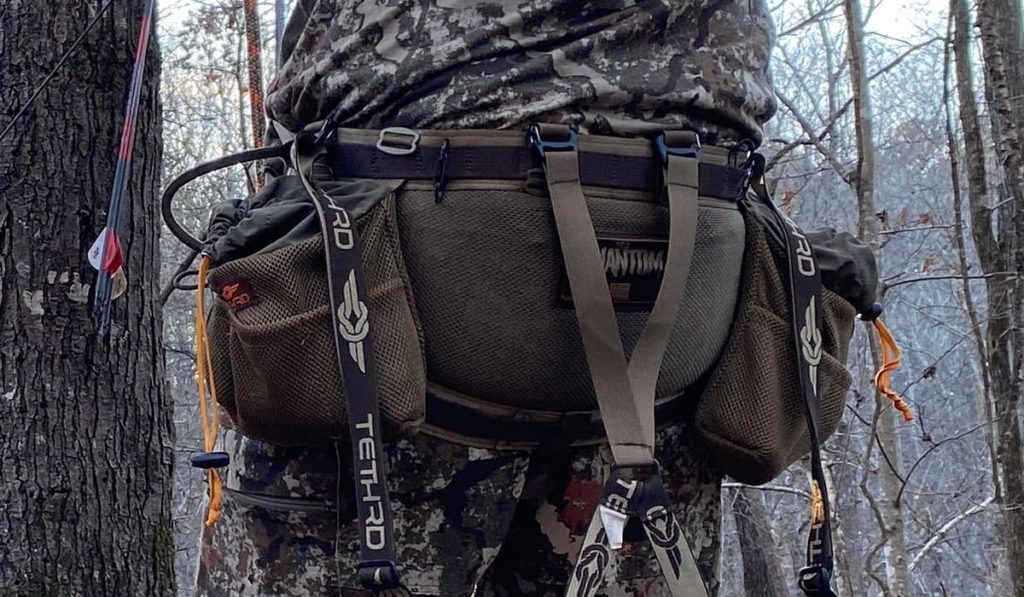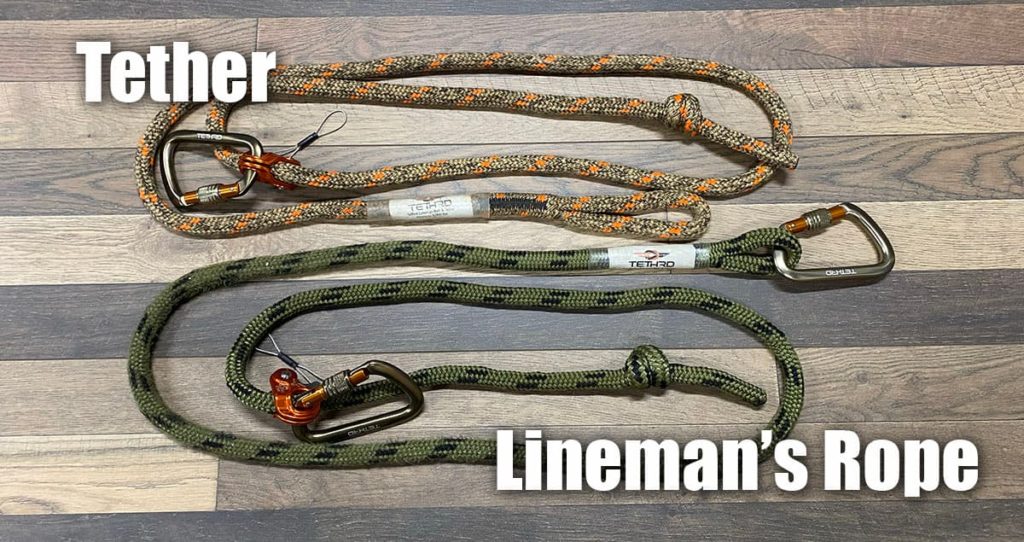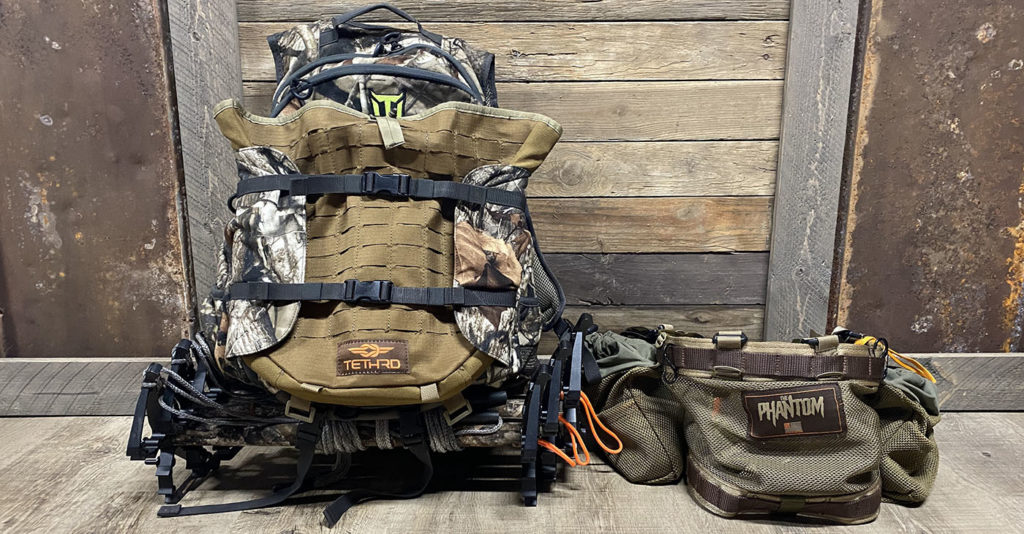The 5 Things You Need to Start Saddle Hunting
From the outside looking in, saddle hunting can appear extremely complicated.
It’s not.
At its core, saddle hunters only need five pieces of gear to get started:
- Hunting saddle
- Ropes (a lineman’s and tether rope)
- Saddle hunting platform
- Climbing sticks
- Saddle hunting pack
Yes, there are plenty of accessories available to simplify the process or keep you more comfortable in the tree, but most of those are not necessary initially.
In this article, I’ll break down the five key pieces of gear you’ll need to get started and what you can expect to pay for each.
1. Hunting Saddle
The centerpiece of your saddle hunting gear is the saddle itself. The saddle dictates how comfortable you are in the tree, which ultimately determines how long you can hunt and remain still. That’s why it’s critical to spend time trying different hunting saddle models before you spend your hard-earned money.
Before I get too far ahead of myself, though, I should first explain what a hunting saddle is. A hunting saddle is like a rock climbing harness with a seat sewn into it. They typically have a waist strap, a strap around each leg, the seat material that supports your butt, and a bridge rope on the front that connects to the tether rope which then connects to the tree.

There are several different types of saddles being manufactured today, including a single panel, a two-panel, and a hybrid, pleated single panel. There are some other options out there, but most of the popular hunting saddles fall into one of the three categories above.
Expect to pay anywhere from $150 to over $400 for a good hunting saddle. If you’re brand new to saddle hunting, I would recommend buying a kit from a reputable manufacturer that will include the saddle, ropes and carabiners needed.
Great Overall Option: Tethrd Lockdown
Great Option on a Budget: Hawk Helium Hammock Saddle kit
2. Saddle Hunting Ropes

Aside from the saddle, you’ll need a couple of ropes. One is your tether and the other is a lineman’s rope.
Tether
When saddle hunting, the tether rope is what goes around the tree once you’re at hunting height and fastens to the bridge rope on your saddle with a carabiner. It’s your lifeline in the tree.
Tethers are typically around 8 feet long and come in a couple of different diameters — a smaller 8mm or a larger 10-11mm (more on that below). The tether will have a loop on one end and a knot on the other, with a prussic knot that can be positioned anywhere on the rope as needed with a carabiner.
Expect to pay $40-80 for a good tether rope.
Great Option: Latitude Ultralight 10mm Tree Tether
Lineman’s Rope
The second rope you’ll need is the lineman’s rope, which is very similar to the tether, but with two carabiners — one on the prussic knot like the tether and one on the loop end.
If you’ve ever used climbing sticks and a hang-on stand, then you’ve probably used a lineman’s rope. It goes around the tree, attaching to each side of your saddle with a carabiner to keep you connected to the tree so you can hang climbing sticks and a platform hands-free.
It may be tempting to save some cash and just have one rope that serves as both your lineman’s rope and tether. Don’t. With only one rope, you’ll have to remove your lineman’s rope at hunting height to fix it around the tree as your tether, meaning there will be a period of time when you’re not attached to the tree.
It’s not worth risking your life just to save a few bucks on a rope. Get yourself both a lineman’s rope and tether.
Expect to pay $40-80 for a good lineman’s rope.
Great Option: Latitude Ultralight 10mm Lineman Belt
3. Saddle Hunting Platform
As you hang in a tree from your saddle, you’ll want a place to rest your feet. That’s where a platform comes into play. Think of it as a very small hang-on stand minus the seat.
Saddle hunting platforms come in a variety of shapes, sizes, and weights. Which you ultimately choose depends on whether you’re more concerned about foot room and being able to move around or minimizing weight. You’ll also want to consider the design, finish, and grip of the platform to make sure it suits your needs.
Expect to pay anywhere from $100 to $300 for a quality saddle hunting platform.
Great Option: XOP Invader Platform
4. Climbing Sticks

The next piece of equipment you need for saddle hunting is a way to get up the tree. While there are several options for this, including screw-in steps, strap-on steps, and even climbing spurs, the most popular options — and the only one I’d recommend for new saddle hunters — are climbing sticks.
If you think there’s an abundance of platform options out there, then you’ll really be overwhelmed by the number of climbing sticks on the market. And because there are so many options, we created a separate article highlighting some of the best climbing sticks on the market.
Expect to pay $100 to $400+ for 3 to 4 climbing sticks.
Great Overall Option: Latitude Carbon SS Climbing Sticks
Great Budget Option: XOP X2 Climbing Sticks
5. Saddle Hunting Pack

The final thing you need to saddle hunt is a backpack to carry in all your gear. For saddle hunting, not just any pack with do. You need one that will easily carry your platform and climbing sticks, along with all your traditional hunting gear like a knife, calls, extra layers of clothes, snacks, and anything else you routinely carry into the woods with you.
As saddle hunting gains in popularity, there are more and more packs being manufactured specifically for saddle hunting. Prices can vary widely based on the quality of materials, features, and where it’s made.
Expect to pay between $50 and $300+ for a saddle hunting pack.
Great Overall Option: KUIU Venture Divide 3000
Great Budget Option: TideWe Hunting Pack
Final Thoughts
Saddle hunting can seem complicated and gear-intensive to someone just getting started, but it’s really not. Once you have your 5 key pieces of gear to get started — your saddle, tether, lineman’s rope, platform, and climbing sticks — there’s not a whole lot left you need.
